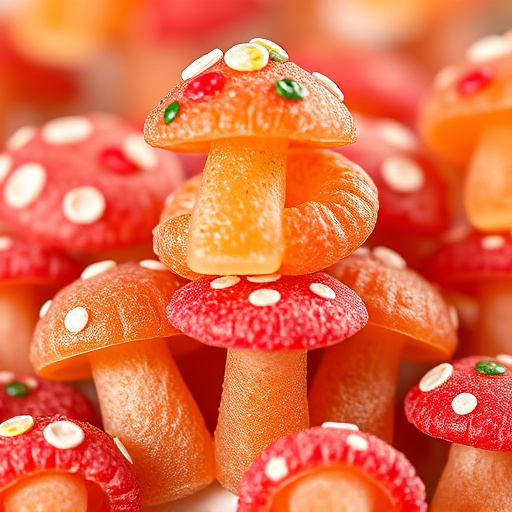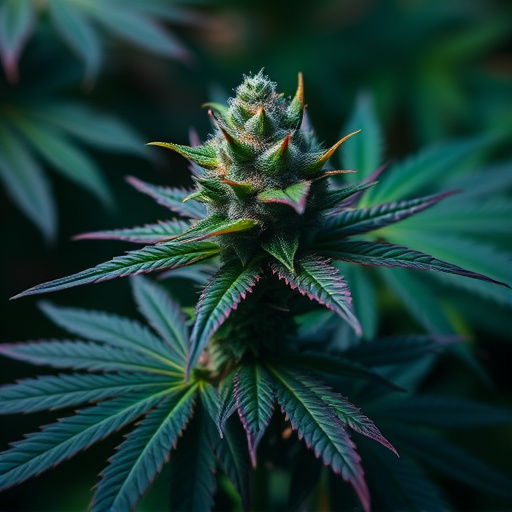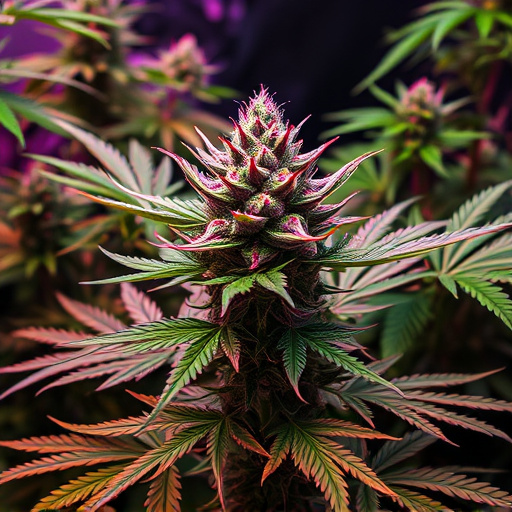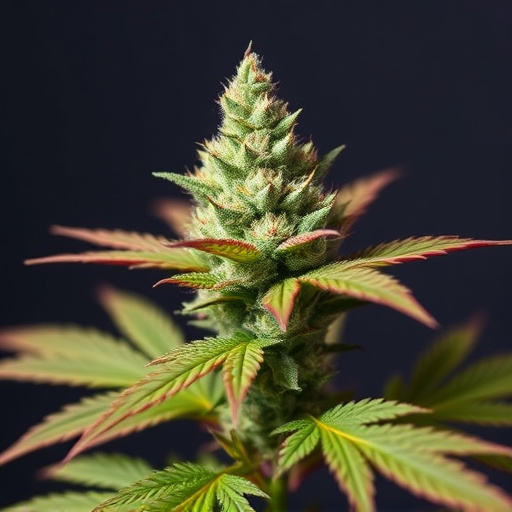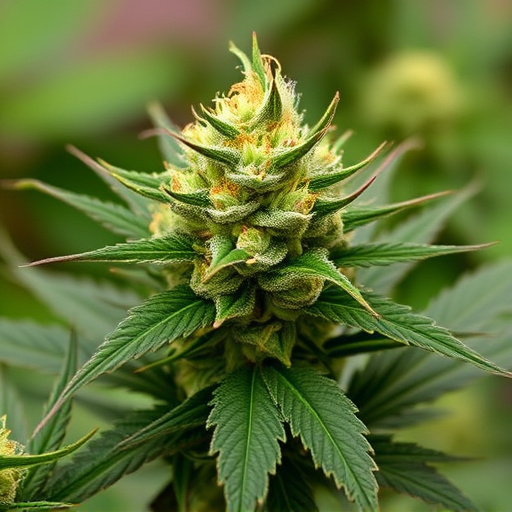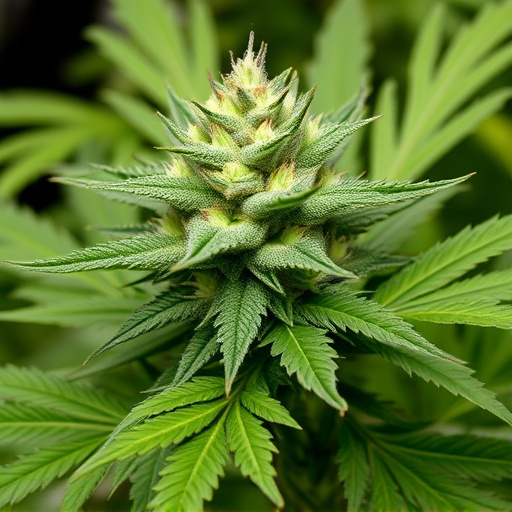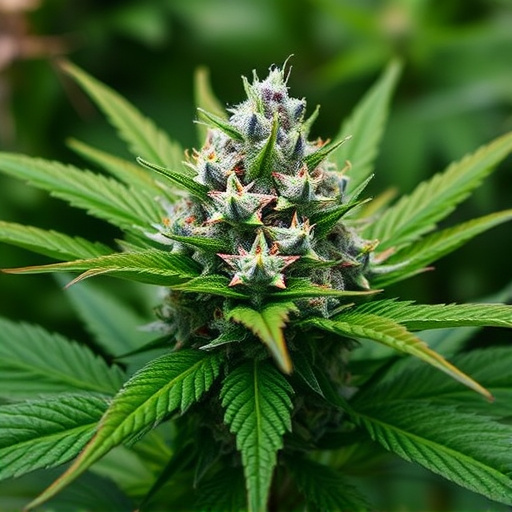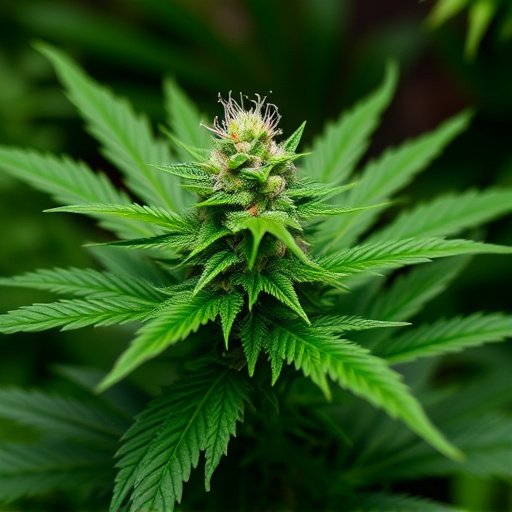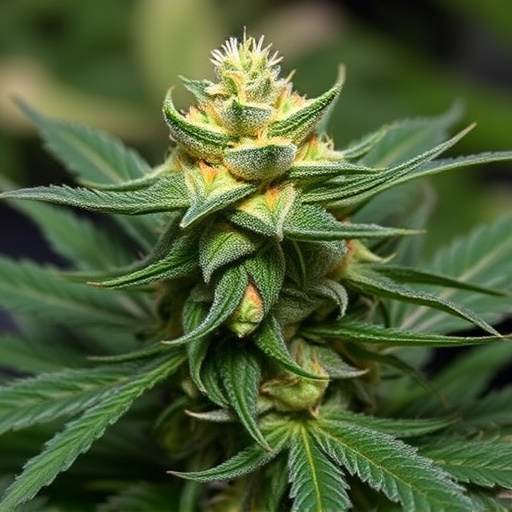The short-term effects of cannabis consumption include heightened senses, relaxation, increased heart rate, and dry mouth, varying based on strain strength (THC content), tolerance, and individual sensitivity. While recreational users may enjoy these reactions, frequent and heavy use can lead to dependencies. Long-term risks include brain development impacts in adolescents, memory issues, respiratory problems, mental health risks, and cancer. Exploring the top 20 cannabis strains, each with unique THC and CBD profiles, offers a range of experiences from relaxing (Indica) to energizing (Sativa), helping users make informed decisions about responsible consumption practices.
“Uncovering the multifaceted nature of cannabis, this article explores its profound short- and long-term effects. From immediate sensory experiences to persistent health implications, we dissect the powerful impact of weed consumption. Delving into the realm of the top 20 cannabis strains, we uncover diverse profiles tailored to various needs and preferences. By balancing potential benefits with heightened risks, this guide equips readers with awareness for informed decisions in navigating today’s dynamic cannabis landscape.”
- Short-Term Effects of Weed: What to Expect Immediately After Consumption
- Long-Term Use and Health Implications: The Top 20 Cannabis Strains to Consider
- Potential Benefits and Risks: Navigating the World of Cannabis with Awareness
Short-Term Effects of Weed: What to Expect Immediately After Consumption
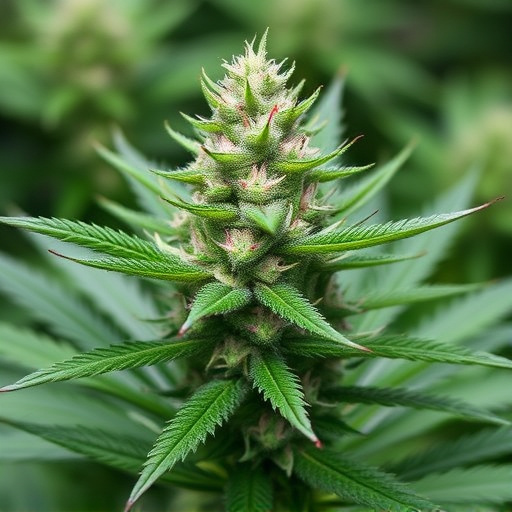
After consuming cannabis, whether through smoking, vaping, or edible forms, individuals can expect a range of short-term effects that typically manifest within minutes to an hour. The experience can vary greatly depending on factors like strain strength (measured in THC content), tolerance, and individual sensitivity. The top 20 cannabis strains known for their potent effects often deliver intense sensory changes. Users may notice heightened senses, with colors appearing more vibrant and sounds seeming clearer. Relaxation and euphoria are common, leading to a sense of calm or even laughter. Physical effects can include increased heart rate, dry mouth, red eyes, and a slightly altered perception of time. Some people experience heightened creativity, while others might feel sedated, especially with higher THC concentrations. These immediate reactions are often enjoyable for recreational users but can be overwhelming for newcomers.
Understanding the short-term effects is crucial as it prepares individuals for potential long-term impacts, which will be discussed in detail later. It’s important to remember that cannabis consumption, especially frequent and heavy use, may lead to both physical and psychological dependencies. The top 20 strains, while offering diverse experiences, also carry varying levels of risk, particularly for young adults whose brains are still developing. Being aware of these immediate consequences empowers users to make informed decisions regarding their cannabis usage.
Long-Term Use and Health Implications: The Top 20 Cannabis Strains to Consider

Long-term cannabis use can have significant health implications, affecting various systems in the body. While some individuals may advocate for its chronic consumption, it’s essential to consider the potential risks associated with sustained use. Research has indicated that prolonged exposure to cannabis can impact brain development, particularly in adolescents, leading to memory and attention issues. Additionally, regular users might experience respiratory problems due to the smoke inhalation, increased risk of mental health disorders, and potentially higher chances of developing certain types of cancer.
When contemplating long-term use, exploring the top 20 cannabis strains can be beneficial for both medical and recreational purposes. These strains offer diverse effects, catering to specific needs and preferences. From Indica dominant varieties known for their relaxing and sedative properties, to Sativa breeds that promote energy and creativity, each strain has unique characteristics. For instance, Blue Dream is celebrated for its energizing yet calming effects, making it popular for daytime use, while Northern Lights is renowned for its heavy body high, ideal for evening relaxation.
Potential Benefits and Risks: Navigating the World of Cannabis with Awareness
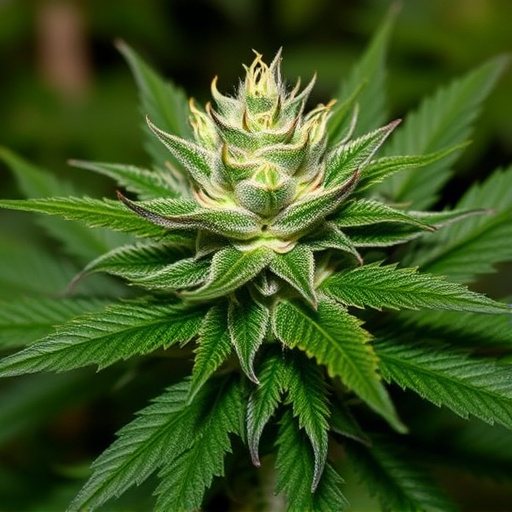
Cannabis, or weed, is a complex substance with a spectrum of effects that can vary greatly depending on individual factors and consumption methods. While it’s crucial to acknowledge potential risks, there are also several benefits associated with its use, especially when approached with awareness and an understanding of one’s needs. The top 20 cannabis strains, each with unique profiles of THC (tetrahydrocannabinol) and CBD (cannabidiol), offer diverse experiences ranging from relaxing and stress-relieving to energizing and creative-boosting.
Conscious consumption involves being mindful of dosage, choosing strains suited for specific purposes or desired effects, and understanding personal tolerance levels. Recent research suggests cannabis may provide relief for certain medical conditions like chronic pain, anxiety, and sleep disorders. However, it’s important to remember that unmonitored or excessive use can lead to short-term issues such as cognitive impairment, paranoia, and anxiety, as well as long-term risks including respiratory problems and mental health complications. Navigating this world requires balance and an informed approach, enabling users to harness cannabis’s potential benefits while mitigating its known drawbacks.
In conclusion, understanding both the short-term and long-term effects of weed is crucial for navigating its world with awareness. The article has explored immediate consequences, health implications tied to consistent use, and highlighted potential benefits alongside risks. Notably, the top 20 cannabis strains have been examined for their unique properties, offering insights into how consumers can make informed choices. Remember that while cannabis holds promise for various conditions, it’s important to weigh both its advantages and drawbacks to foster a healthy relationship with this versatile plant.
